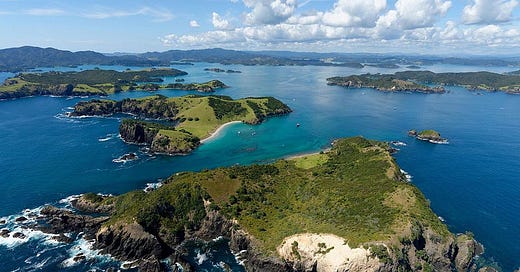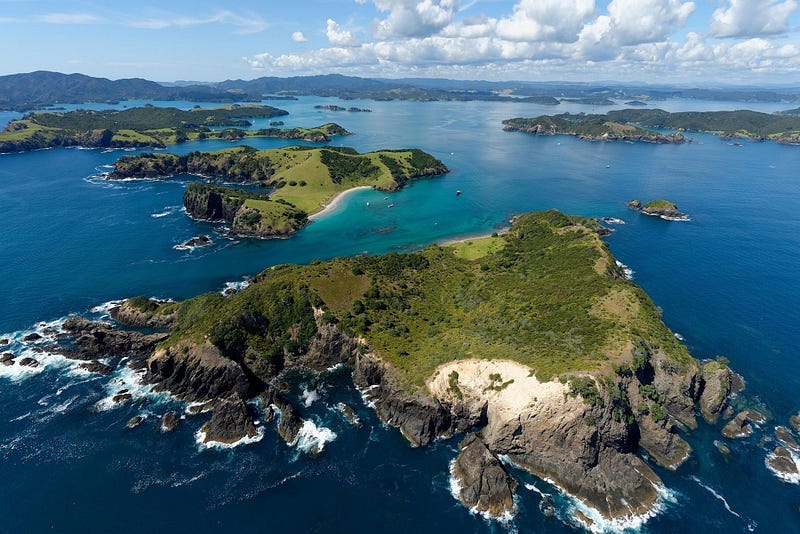Restoring Earth’s Biodiversity Using Drone Technology, AI & Machine Learning
Ever since the dawn of the industrial revolution, land all over the world has been continually destroyed for the purpose of industry and…
Ever since the dawn of the industrial revolution, land all over the world has been continually destroyed for the purpose of industry and growth. As the human race has evolved from the past to the future with the progress of technology & industry, we’ve also degraded land and destroyed nature at its very core.
This has adversely affected the biodiversity and natural ecosystems for animals and plants in many natural habitats across the world.
Whether it’s for mining coal or by clearing land for agricultural purposes, there are millions of acres of land still being destroyed all over the world.
“Every year, humans change 10 million hectares of land, and not for the better. Right now, there are more than two billion hectares of degraded land around the world. We need to fix this fast, and technology can help. Restoration is an enormous, complex challenge. It cannot be done by simply planting trees. We need to bring native, complex ecosystems back to life, and it requires deep ecological expertise.” — says environmentalist Susan Graham
There are also other reasons for the destruction of land and forests like forest fires, erosion, floods and other natural or man-made calamities.
However, with emerging drone technology and AI and machine learning, it’s now possible to re-create natural habitats, and not just superficially by planting trees, but by leveraging technology to bring to life complete and complex ecosystems.
Susan Graham, an environmentalist from Australia and her team are currently working with drone technology and with ecology-trained AI to restore degraded land and revive complex, biodiverse ecosystems — whether it’s on a small island or across an entire continent.
“Until now, we have been limited to poor facsimiles, like vast plantations of a single kind of tree. But drones change that by allowing us to gather data and plant the right mix of vegetation quickly, at enormous scales. And machine-learning analysis enables us to plan the planting and then monitor our restoration work.”
“For example, in Australia, we’re using drone-based planting and ecology-trained AI to restore thousands of hectares of land mined for coal. Not just planting trees, but bringing back biodiverse, complex ecosystems. On a larger scale, native forests here in Australia have been decimated by catastrophic bushfires and land-clearing for agriculture.
“But with these combined technologies, we’re able to scale up restoration from a small island to an entire continent. We can return forests to land where a mine used to be, or recreate ecosystems”
As the urgency of issues like climate change, which is becoming increasingly important and relevant, like I’ve mentioned in an old post, of how we’re Tracking Worldwide Carbon Emissions Using Satellite Imaging & AI Computer Vision Algorithms, the hope is that technology will help us in the process of preserving the planet for our future generations.
In this short 2 minute TED Talk, Susan Graham explains how she and her team are restoring land and complex biodiverse ecosystems using the latest technology available like drones, AI and machine learning, which she hopes will help in “restoring nature in all its complexity and beauty.”





